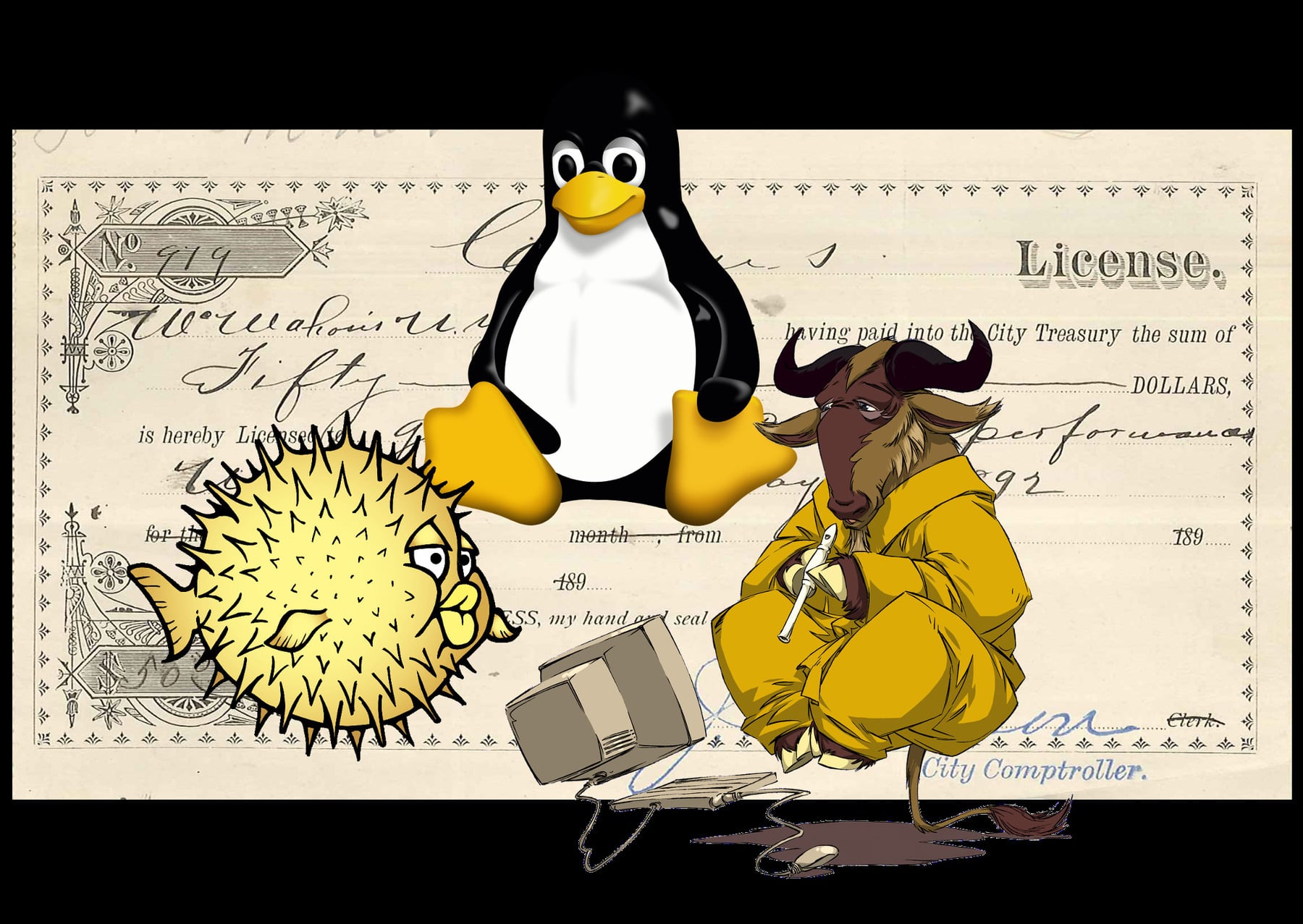
Comparing Open Source Licenses: GPL, MIT, Apache and BSD
When developing an open-source project, one of the most crucial decisions you’ll make is choosing the right license. The license defines how others can use, modify, and distribute your software. Understanding the differences between licenses like GPL, MIT, Apache, and BSD can help ensure your project aligns with your values and goals, whether you prioritize freedom, legal protection, or commercial use.
In this article, we’ll break down four of the most popular open-source licenses, exploring their strengths, weaknesses, and use cases.
What is an Open-Source License?
An open-source license is a legal agreement that allows users to view, modify, and share the source code of a software program. However, different licenses impose different conditions and restrictions on how the software can be used. Some licenses prioritize user freedom, while others protect the developers’ intellectual property or promote the sharing of improvements.
Now, let’s dive into four of the most common open-source licenses: GPL, MIT, Apache, and BSD.
1. GPL (GNU General Public License)
Best for: Projects that require continued open-source contributions
The GPL, created by the Free Software Foundation, is one of the most stringent open-source licenses. It guarantees that any software released under GPL and any derivative work based on it must also remain open-source.
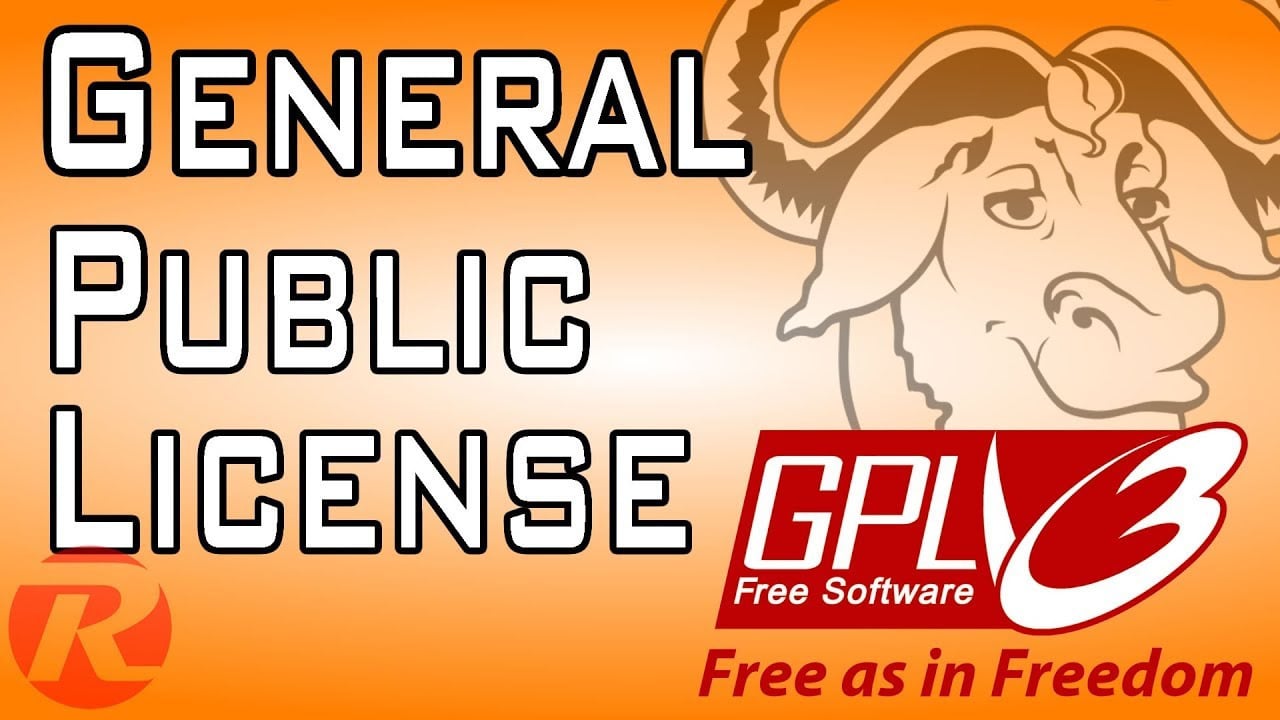
Key Features of GPL:
- MUST disclose source code: If you modify and distribute the software, you are required to release the modified source code.
- Copyleft: Any derivative works must be released under the same GPL license.
- Strict commercial use: You can sell software under GPL, but if you distribute it, you must provide the source code.
Who Should Choose the GPL?
Choose GPL if you want to guarantee that future versions of your software and any modified versions remain open-source, ensuring that the community can continue to benefit and contribute.
Example Projects Using GPL:
- Linux Kernel
- WordPress
Why it matters: If you’re passionate about keeping software free and open-source, GPL ensures that anyone who modifies and distributes your project does the same.
2. MIT License
Best for: Developers seeking maximum flexibility and minimal restrictions

The MIT License is incredibly permissive and one of the simplest open-source licenses available. It gives users almost complete freedom to do whatever they want with the software, as long as they include the original license and copyright notice.
Key Features of MIT:
- No requirement to disclose source code: Developers can modify and distribute the software without making the source code available.
- Allows proprietary use: Companies can use MIT-licensed code in proprietary, closed-source software.
- Very few restrictions: As long as you include the original copyright notice, you’re free to modify, distribute, or sell the software.
Who Should Choose MIT?
The MIT License is ideal if you want to maximize the freedom of others to use, modify, and distribute your code, even in closed-source or commercial projects.
Example Projects Using MIT:
- jQuery
- Ruby on Rails
Why it matters: The MIT License is great for developers who want their code to be widely used, including in commercial applications, without imposing significant restrictions.
3. Apache License
Best for: Developers concerned about patents and intellectual property rights
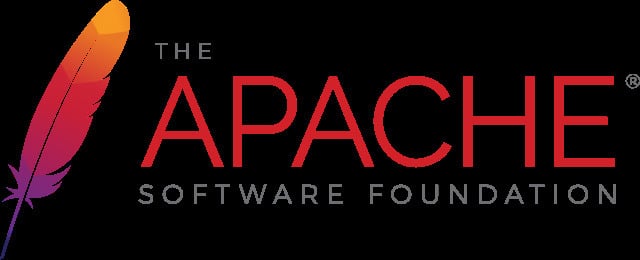
The Apache License is another permissive license, but it comes with additional protections, especially concerning patent rights. It is designed to ensure that users can safely use the software without worrying about patent claims from contributors.
Key Features of Apache License:
- Patent protection: Contributors provide an explicit grant of patent rights, protecting users from being sued for patent infringement.
- No requirement to disclose source code: Like the MIT License, the Apache License does not require modified versions to disclose the source code.
- Preserving attribution: If you distribute the software, you must maintain the original copyright notices and disclaimers.
Who Should Choose Apache?
Choose the Apache License if you want a permissive license with added patent protection and explicit safeguards for intellectual property rights.
Example Projects Using Apache License:
- Apache HTTP Server
- Hadoop
Why it matters: If your project involves innovation that could be subject to patents, the Apache License provides legal protection while still allowing permissive use.
4. BSD License
Best for: Developers who want simplicity with minimal restrictions
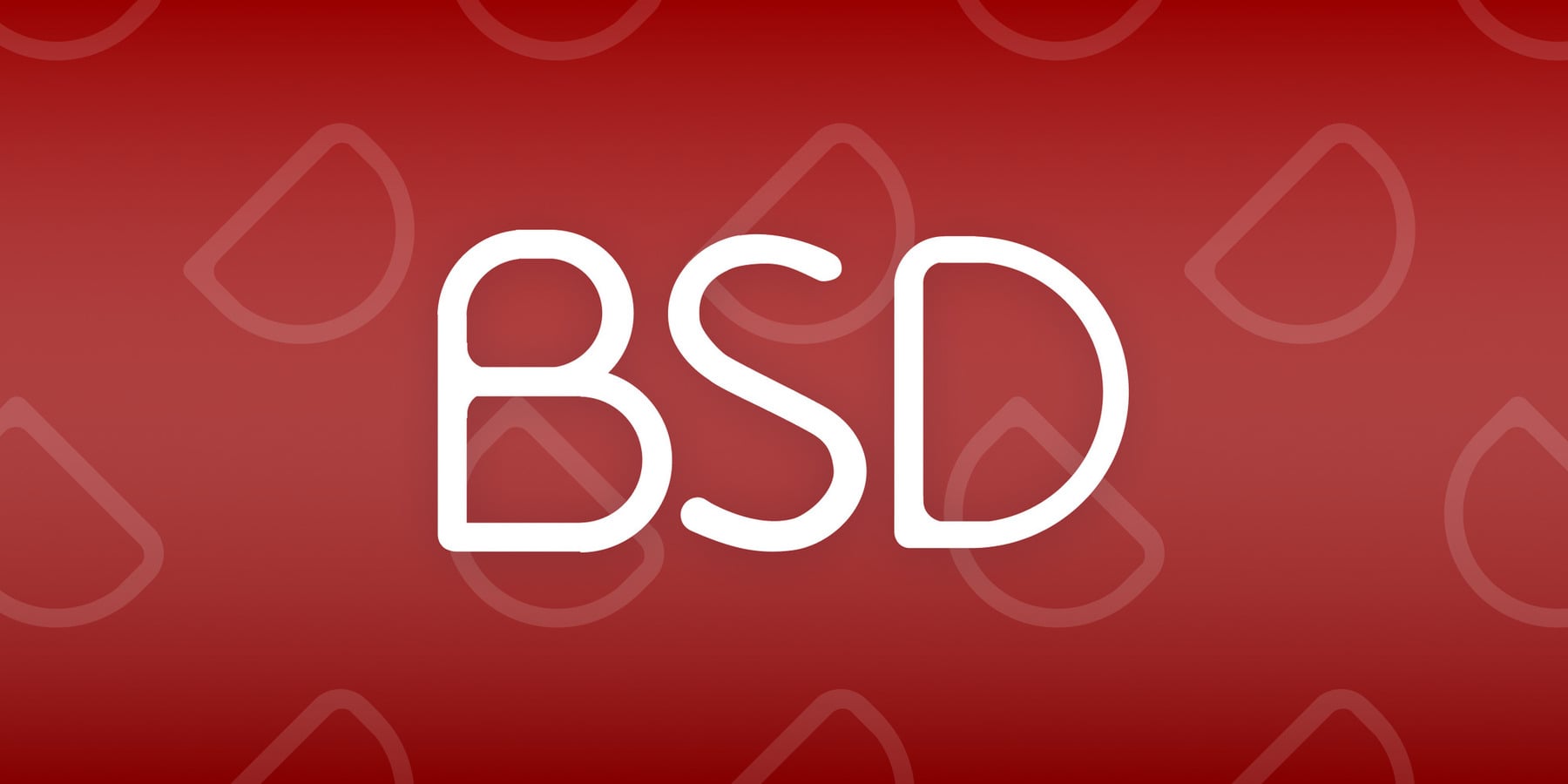
The BSD License is similar to the MIT License in that it allows nearly unlimited freedom to use, modify, and distribute software. However, it requires maintaining the original copyright and license notices.
Key Features of BSD:
- Minimal restrictions: Like MIT, the BSD License imposes very few restrictions on how the code can be used.
- Preservation of copyright: The original copyright notice must be maintained in all distributions.
- No copyleft: Unlike GPL, you are not required to share your modifications or release them under the same license.
Who Should Choose BSD?
If you want a simple license with very few restrictions, but you want to ensure that attribution remains intact, BSD is a solid choice.
Example Projects Using BSD:
- FreeBSD
- PostgreSQL
Why it matters: BSD offers simplicity and flexibility, making it an attractive option for projects where you want to encourage widespread use with minimal barriers.
Summary Comparison Table
| License | Source Code Disclosure | Commercial Use | Patent Protection | Copyleft (Sharing Modifications) |
|---|---|---|---|---|
| GPL | Mandatory | Allowed (with source disclosure) | No | Yes |
| MIT | Not required | Allowed | No | No |
| Apache | Not required | Allowed | Yes | No |
| BSD | Not required | Allowed | No | No |
Choosing the Right License for Your Project
So, which license should you choose?
- If you want to ensure your software and its derivatives remain open-source, go with the GPL.
- If you want maximum flexibility and minimal restrictions, the MIT License is likely your best choice.
- If you need patent protection and are concerned about intellectual property issues, consider the Apache License.
- If you want a simple, permissive license that ensures attribution, but with few restrictions, the BSD License is a strong option.
Remember, the right license depends on your project’s goals. If you want to foster an open community, a license like GPL or Apache might suit your needs. If you’re focused on allowing companies to use your code freely, MIT or BSD may be more appropriate.
Choosing the right license can impact the future of your project, so it’s important to think through your options carefully. Each license has its own strengths, and the decision should align with how you envision the growth and use of your software.
Table of Contents
- What is an Open-Source License?
- 1. GPL (GNU General Public License)
- Key Features of GPL:
- Who Should Choose the GPL?
- Example Projects Using GPL:
- 2. MIT License
- Key Features of MIT:
- Who Should Choose MIT?
- Example Projects Using MIT:
- 3. Apache License
- Key Features of Apache License:
- Who Should Choose Apache?
- Example Projects Using Apache License:
- 4. BSD License
- Key Features of BSD:
- Who Should Choose BSD?
- Example Projects Using BSD:
- Summary Comparison Table
- Choosing the Right License for Your Project


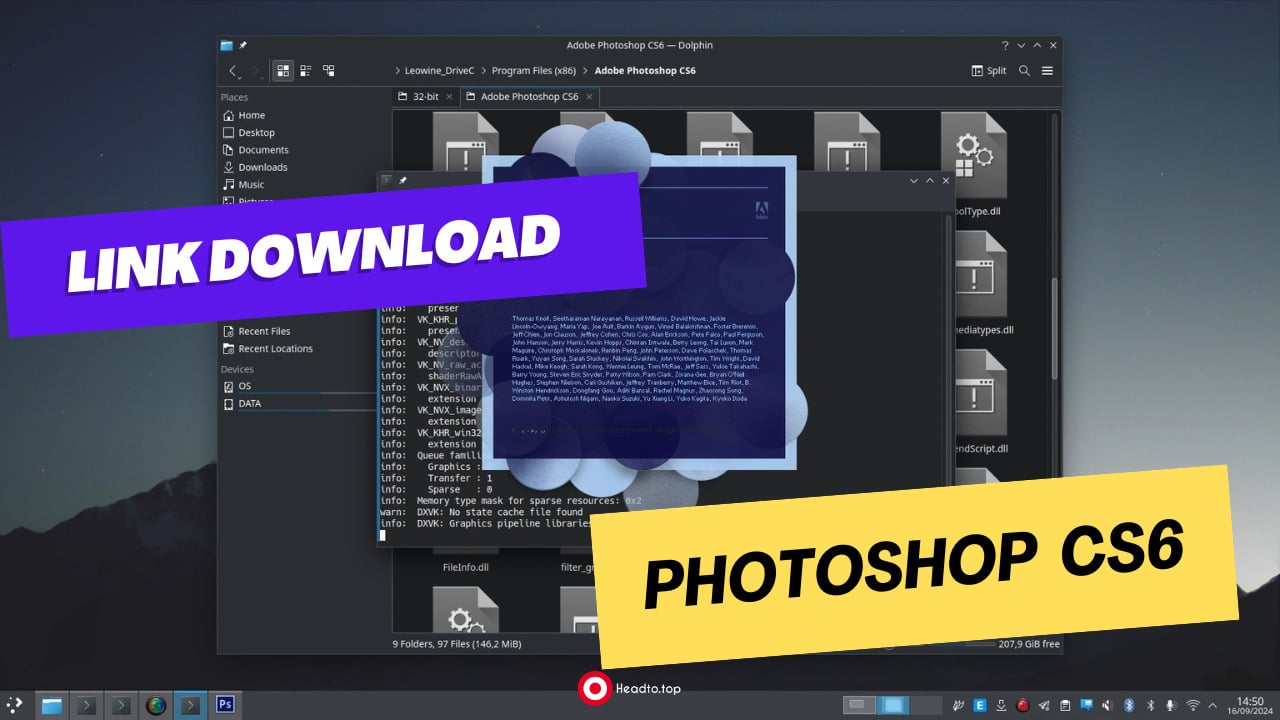


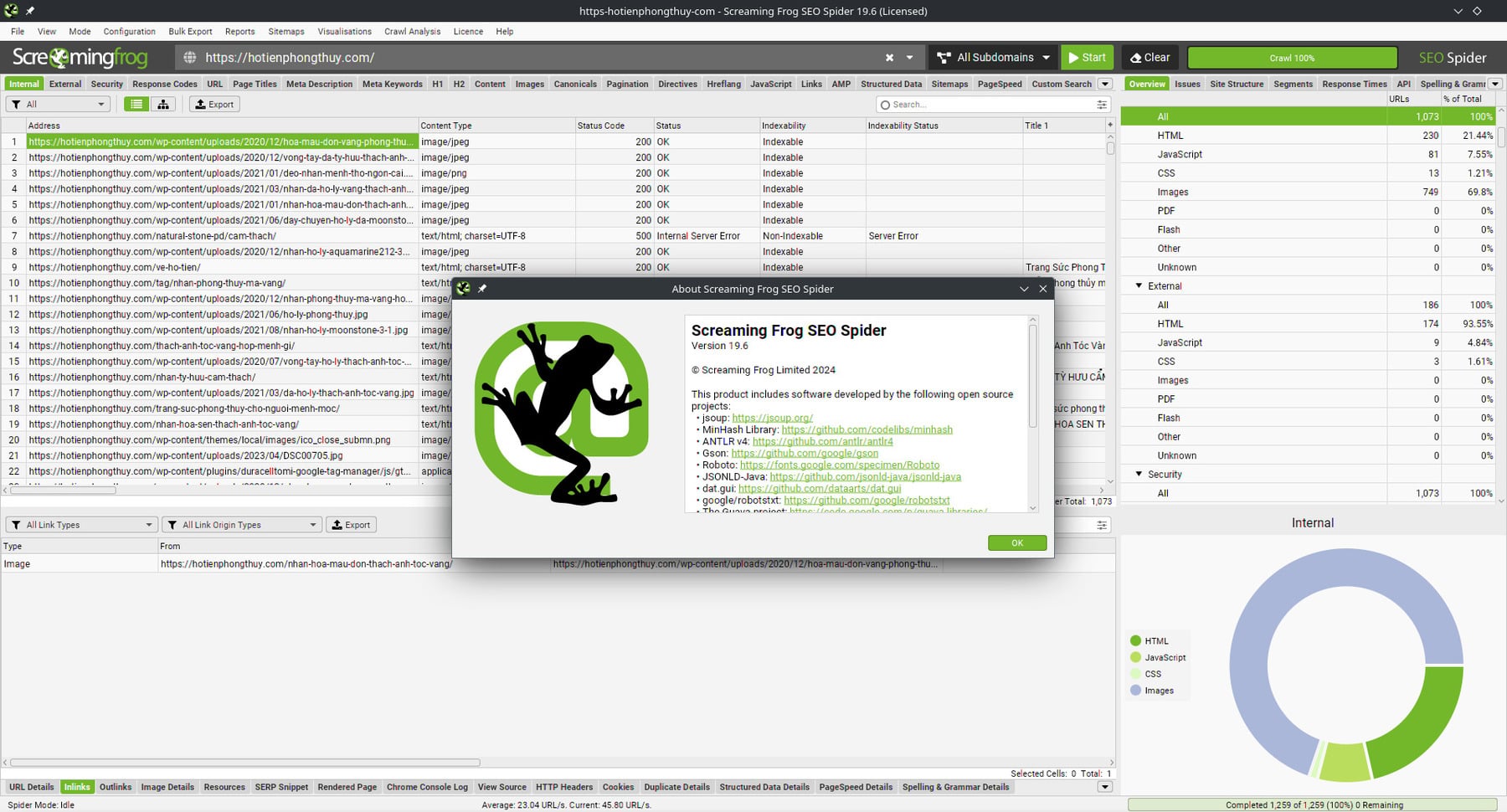

Leave a Reply